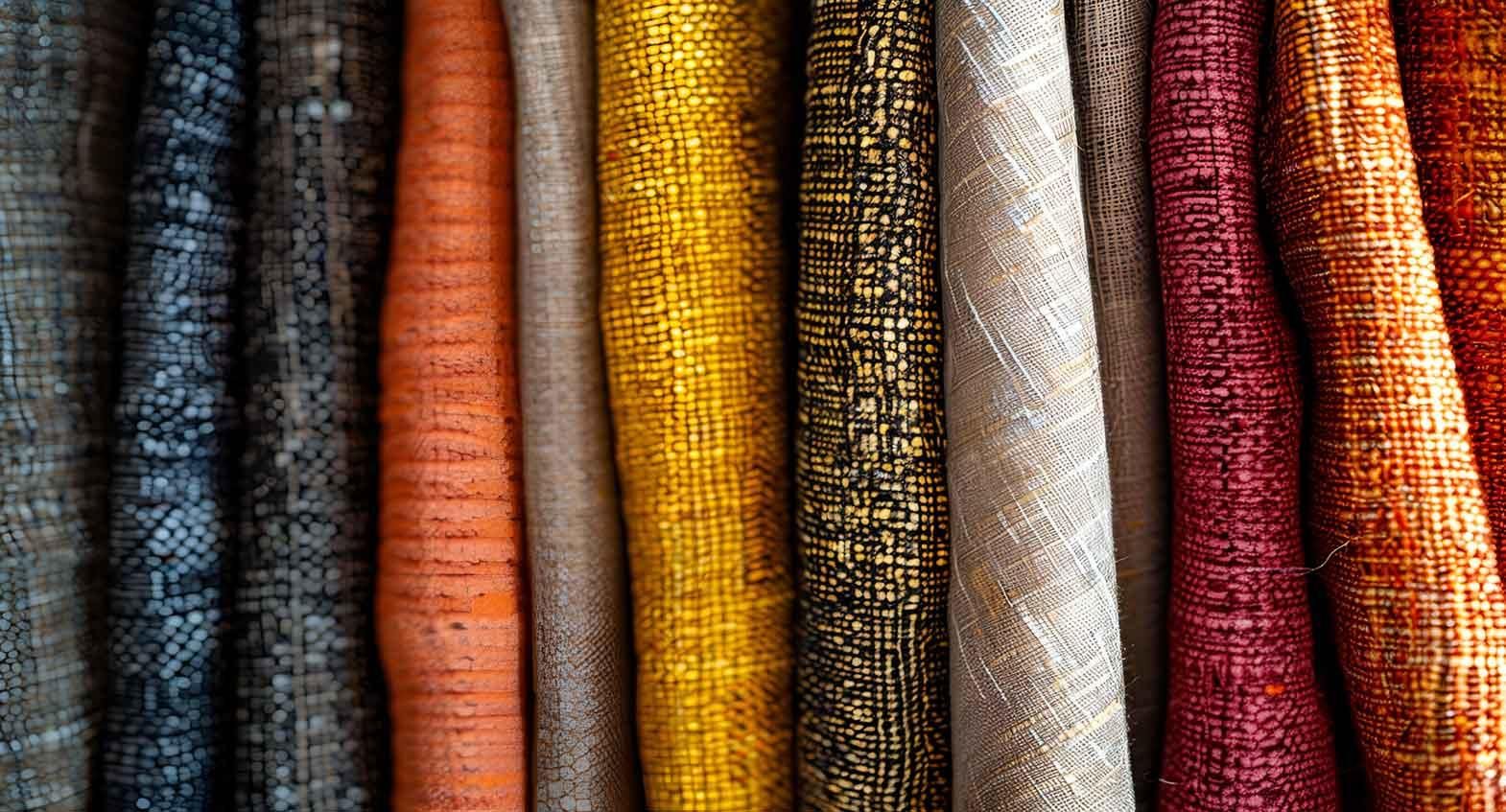Corn fabric is a fairly new concept in the world of eco-friendly textiles. The fabric conceptualizes the idea of using fermented plant sugars derived from corn. The initial production stage involves making plant sugar from maize. The next step is to ferment the sugar, which is similar to making simple yogurt. The residue obtained after sugar fermentation is then converted into polylactide, which is a high-performance polymer. The fiber used for fabric production is extracted from polylactide.
On the flip side, the fermentation process goes through a chemical transformation, thus it is not cent percent natural, but the transformation is considered renewable, as it bars the use of any fossil resources like oil, etc. Another pitfall with corn fabric is that traditionally grown corn leaves an exceptionally large eco-unfriendly footprint via pesticides, water use, and land hogging. However, the use of energy is almost half as it does to make cotton or even organic cotton.
Apart from the remarkable qualities concerning environment and also draping, the corn fabric can also be maintained without any hassle. It outweighs the synthetics in retaining strength, colour and properties over longer period of time. After some tests involving dry cleaning and independent washing, it has been revealed that the corn fabric is far easier to maintain than several other fabrics. It can be laundered using standard washing and drying machines. The corn fabric also demonstrates easy removal of dirt and stain, quick drying and good appearance even after repeated washes. The fabric remains wrinkle free, ideal for all kinds of climates and is more breathable than polyester.
The corn fabric has been appreciated by the textile manufacturers, as they have a lot to claim when it comes to advantages of using corn fibre. Production and use of corn fibre means emission of less greenhouse gases, which are culpable of contributing in global climate change. The features like compostability which is the chemical dissolution of materials by bacteria or other biological means and chemical recyclability also have made the corn fabric popular. Under the right conditions and with the right handling, the complete lifecycle of production, consumption, disposal and re-use can be done without damaging the environment. The textile companies also prefer corn fibre as it means less dependency on foreign oil companies for raw materials. This substantially decreases the overall cost of production. And unlike the oil prices that fluctuate a lot, the prices of corn are comparatively stable, which helps the manufacturers to estimate the cost of production.
Corn fabric provides perfect balance of toughness and flexibility. The corn fabric displays the ease of natural fibres such as cotton, silk, and wool, whereas the functioning, price, and easy care attributes are similar to the synthetics. It is the result of innovations in biotechnology, following which; currently there are some debates over defining the corn fabric as eco-friendly fabric. The sticklers measure the eco-friendly fabrics by the more conventional yardstick, nevertheless, today there is huge acceptance of corn fabric by customers and manufacturers in general, as any type of growth in environmental protection is worth following and supporting.
References:
1. Startupfashion.com
2. Natureworksllc.com
3. Legsource.com
4. Naturalfabricsclothing.com
5. News.nationalgeographic.co.in








Comments